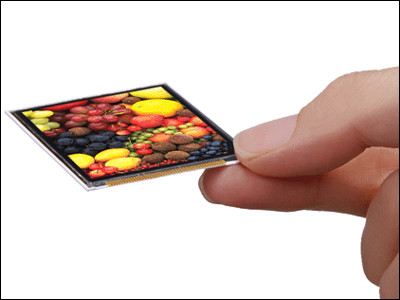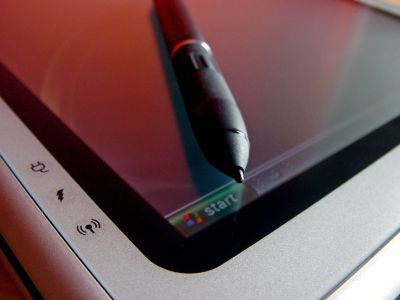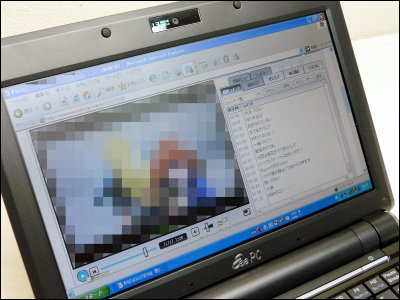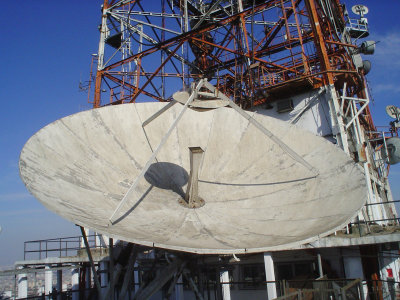Devices from 40 years ago respond faster than modern devices

The lower the '
Computer latency: 1977-2017
https://danluu.com/input-lag/
Mr. Lu felt that devices released in recent years, such as smartphones and PCs, had high latency even though their performance had improved significantly compared to older devices. Therefore, by using a high-speed camera to measure the ``time from keyboard input to screen display'' of various devices that were introduced over the 41-year period, from the Commodore PET 4016, which was introduced in 1977, to the ThinkPad, which was introduced in 2017, We checked the amount of latency occurring on each device.
As a result of the measurement, the Apple IIe that was introduced in 1983 had the lowest latency, followed by the TI-99/4A that was introduced in 1981, the CPU 'Core i7-6850K' that was introduced in 2014, and the 165Hz high refresh rate for gaming. The PC consisting of a display is the oldest of the devices used this time , the Commodore PET 4016, which was introduced in 1977. In addition, the latency of the PowerSpec G405 , which was the latest device at the time of measurement, was 200ms, which is longer than the 190ms that it takes for an Internet communication to go around the world (packet around the world). Modern high-performance PCs have higher latency than computers from 40 years ago unless they use displays with high refresh rates.

Mr. Lu says that this result is due to the fact that
Furthermore, compared to the complexity of the processing that modern devices perform from input to output, older devices are able to respond quickly because the processing from input to output is very simple.
Next, Lu also measured the latency of a variety of touch-enabled devices, new and old. As a result, the device with the lowest latency was the 10.5-inch iPad Pro released in 2017, followed by the iPhone series such as the iPhone 4S , iPhone 6s , and iPhone 3G S. The Blackberry Q10 , which has a physical keyboard, had the lowest latency among smartphones other than the iPhone, followed by the Huawei honor 8 released in 2016, the Google Pixel 2 XL released in 2017, and the Galaxy S7 released in 2016. The e-book reader Kindle 4 had the longest lag. In addition, all devices other than the iPhone had higher latency than the Game Boy Color , which appeared in 1998.

Regarding the reason why the iPhone has low latency, Mr. Lu says, ``Apple designs both the iPhone chip and OS in-house, so they can easily design the iPhone to keep latency low.On the other hand, Android devices have low latency. 'Each vendor has a different device design, which makes it difficult to design a device that reduces latency. Furthermore, Google, which develops Android, tends to place less emphasis on user experience than Apple.'
Furthermore, the Blackberry Q10, which is equipped with a physical keyboard with a simpler design than a touch screen, has lower latency, while the Kindle, which is equipped with electronic paper , which has a much higher delay than an LCD display, has higher latency.
Mr. Lu said, 'Liquid crystal displays are improving year by year. Technological innovations in resolution have led to the spread of 4K displays, and the spread of 8K displays is on the horizon. I hope that technological innovations to reduce latency will occur in the future.' He concluded.
Related Posts:
in Free Member, Hardware, Smartphone, Posted by log1o_hf







